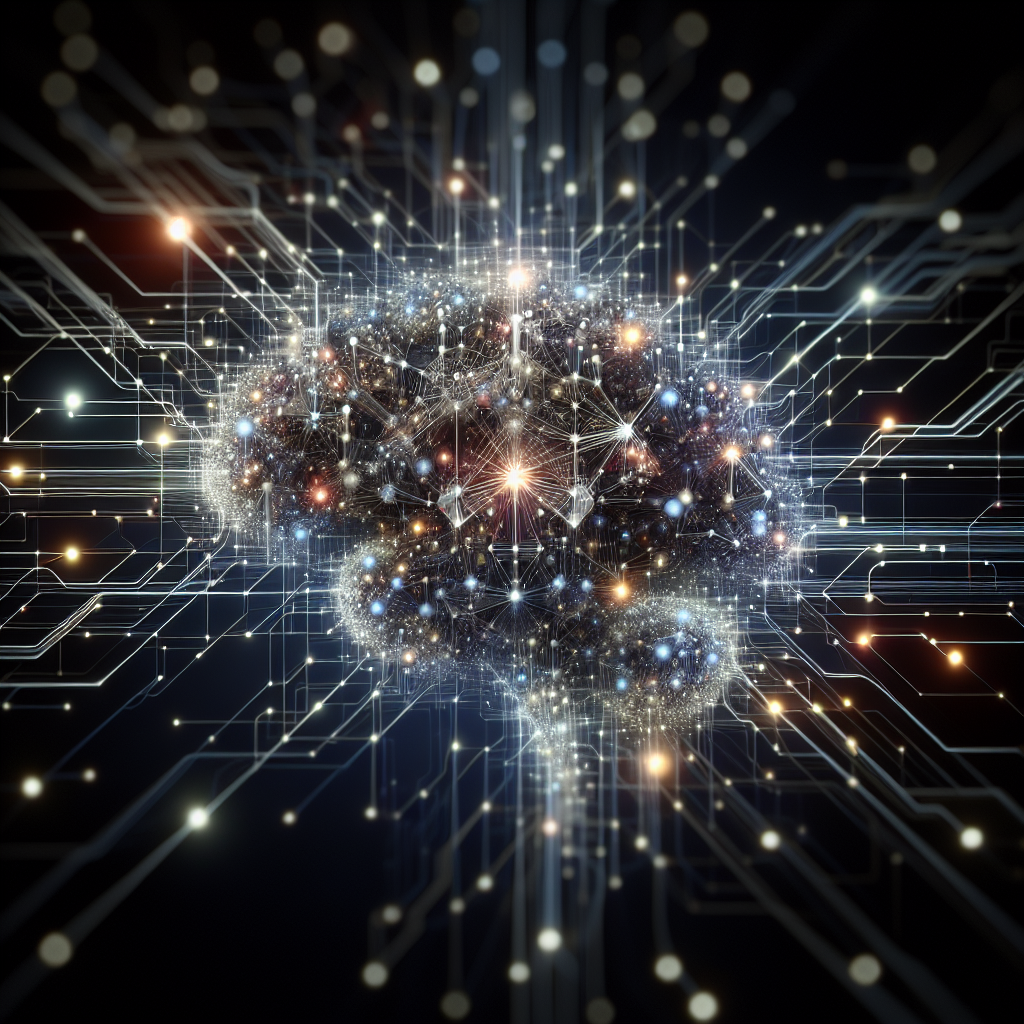Unraveling the Enigma of the Mysterious GPT-2 Chatbot and the Future of AI Development
The realm of artificial intelligence is never short on surprises and groundbreaking developments, but even by these standards, the recent buzz around the mysterious GPT-2 chatbot has the AI community in a whirl. This AI anomaly, reportedly outperforming stalwarts like GPT-4 and Claud Opus, has emerged from the shadows without a clear progenitor, sparking curiosity and conspiracy theories alike. Coupled with OpenAI’s ongoing projects and industry movements, the AI landscape appears to be shifting more rapidly than ever.
The GPT-2 Chatbot: An Unexpected Contender
Dubbed GPT-2, but seemingly packing the punch of a much more advanced model, this large language model (LLM) has caught the attention and imagination of AI aficionados around the globe. Featured on the esteemed Chatbot Arena, its performance has left seasoned professionals puzzled and intrigued. Typically, OpenAI's naming convention is standardized, making this naming outlier even more mysterious. No company has claimed responsibility for its creation, adding layers of intrigue to an already captivating plot.
Professor Ethan Mullock of Wharton, an expert in AI innovation, highlights the chatbot's prowess, equating it to the abilities of the much-lauded GPT-4. Meanwhile, tech enthusiasts like Andrew G have tested its capabilities with complex mathematical problems, and Dr. Alvaro Cintas noted its programming skills when tasked with coding a simple snake game.
The leaked prowess of GPT-2 forces us to ponder the evolutionary pace of AI and its unpredictable nature, suggesting that the technology is advancing in leaps rather than the anticipated gradual steps.
Speculation and Theories: The Origins of GPT-2
With no entity stepping up to claim this enigmatic chatbot, the AI community has been ripe with speculation. Some suggest that this might be an experimental model released by OpenAI or perhaps an advanced iteration of an existing model like GPT-4, cheekily named to throw off the scent. The ambiguity surrounding its origin only fuels the ongoing debate about transparency and ethics in AI development.
Sam Altman of OpenAI further mystified the audience while speaking at Harvard, outright denying that this was GPT-4.5 yet not divulging any further details. This statement has left everyone guessing, with theories ranging from a rogue AI experiment to a strategic move by a tech giant testing the waters of public and industry response.
OpenAI's Strategic Moves: Memory Features and Beyond
In parallel to the saga of the GPT-2 chatbot, OpenAI continues to innovate openly in other areas. Recently, it rolled out a memory feature in ChatGPT for all its Plus users. This feature, while a significant stride in making conversational AI more personal and context-aware, also stirs the pot on privacy concerns and the ethical use of data in AI.
Moreover, rumors swirl about OpenAI potentially launching its own search engine, challenging industry titans like Google. This move could redefine information search paradigms and further cement AI's role in everyday tech interactions.
The Wider AI Landscape: Collaborations, Competitions, and Legal Challenges
As AI models like GPT-2 and new features from OpenAI continue to evolve, the industry sees an increase in collaborations and fierce competitions. Apple's intensified talks with OpenAI about incorporating AI technology into its smartphones, and their parallel dialogues with Google, show the tech giant's keen interest in staying at the forefront of AI integration.
On another front, the legal landscape is also reacting. A conglomerate of newspapers has initiated a lawsuit against OpenAI, accusing it of copyright infringement. This case could set significant precedents for how AI companies use publicly available data to train their models.
Looking Ahead: AI Safety, Security, and Ethical Regulations
The establishment of the Artificial Intelligence Safety and Security Board by the Biden Administration, which includes prominent figures like Sam Altman, Satya Nadella, and Sundar Pichai, is a step towards managing the burgeoning power of AI. However, the presence of such influential stakeholders also raises questions about potential conflicts of interest and the direction of future regulations.
As AI continues to integrate deeply into societal frameworks, the importance of transparent, fair, and equitable regulation becomes ever more apparent. The enigmatic emergence of models like the GPT-2 chatbot serves as a reminder of the unpredictable nature of AI development and the need for robust governance structures.
In this accelerating world of artificial intelligence, the story of the mysterious GPT-2 chatbot is not just a fleeting headline but a harbinger of the multifaceted challenges and opportunities that lie ahead in AI's future. As we stand on this technological precipice, one can only wonder what the next iteration of AI will bring – and whether we, as a global community, are ready to embrace it.
Related News
- The Enigmatic Surge of GPT2 Chatbot: A Dive into AI's Latest Sensation
- Unveiling the GPT-2 Chatbot: A Mystery Wrapped in an Enigma
- Unpacking the Buzz Around GPT-4.5 and the Expanding Horizon of AI
- The Exponential Growth of AI: Deciphering the Latest Developments
- Exploring the Latest Frontiers in AI: A Comprehensive Analysis
